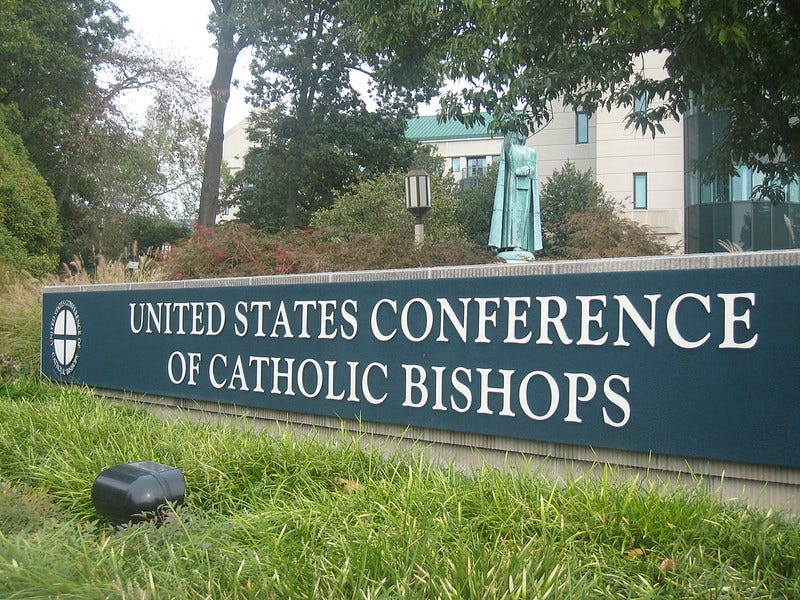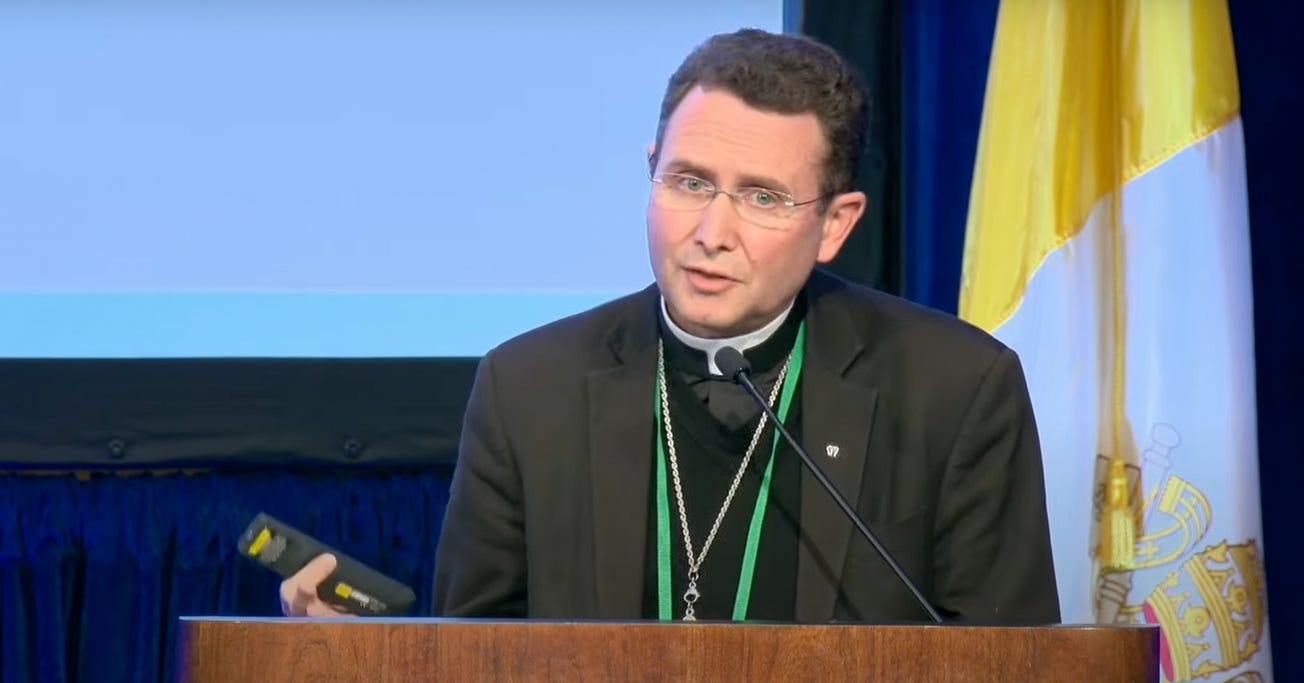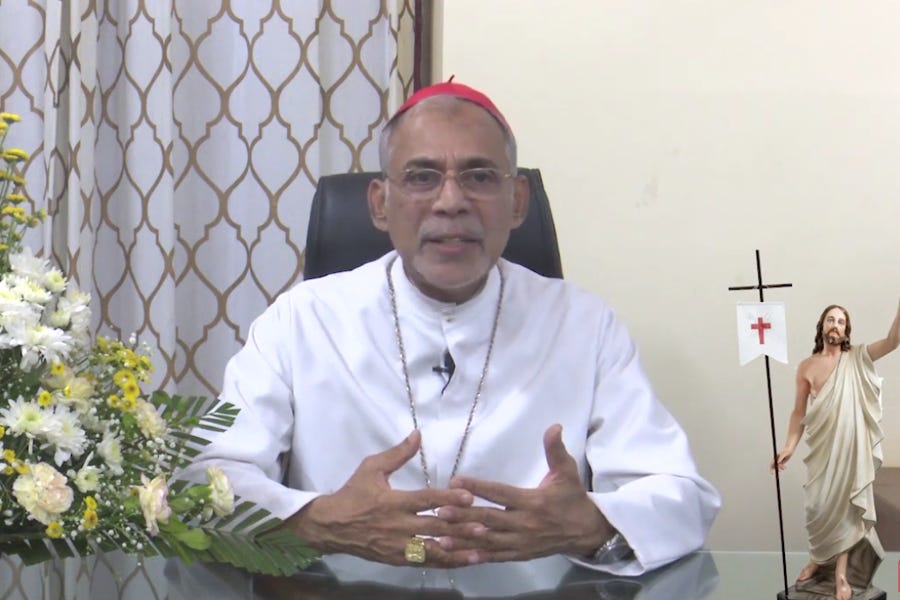On Friday, the Biden Administration announced that it would not raise the cap on the number of refugees to be admitted to the United States for the current fiscal year. The move triggered a ferocious backlash from political supporters and religious leaders, and within hours, the White House reversed the policy, and pledged a revised cap in the coming days.
The U.S. Conference of Catholic Bishops was among groups which expressed disapproval at Biden’s plan to keep the Trump-era cap in place.
But the trouble for the USCCB was that its statement came out Monday afternoon, nearly three days after Biden announced the policy, and then junked it.
The result was a statement which read as though it had been drafted for a quick release on Friday, and then had to be gutted and reworked to account for subsequent events. The text was a reasonable re-iteration of the bishops’ position, but lacking the urgency and impact it might have had if more than one statement had been released, at each stage of the cycle, and in real time.
The lag between fast-moving political events and the capacity of the US bishops’ conference to respond is not new, though this example might seem especially acute. The gaffe, if it can be called a gaffe, points to the continuing difficulty the bishops’ conference has in speaking to events in a timely way, even when it knows what the bishops want to say.
When the USCCB wants to respond in real time to contentious issues, it makes sense that it might take time to gain consensus. But a statement signed by one committee chairman does not require the deliberation of the body of bishops. It doesn’t even seem to require generating much original text.
During the Trump years, the US bishops called a refugee admissions cap of fewer than 50,000 “simply inhumane, particularly when our great nation has the resources and ability to do more.”
Responding to Biden’s initial announcement, that the annual 15,000 person cap would remain intact for the remainder of the year, would seem only to require pressing “replay” on statements previously issued — a seemingly straightforward affair, at least as a first reaction.
It is not clear why releasing a statement on a live issue of public interest — an issue on which the conference has a clear position and has made statements in the past —- takes 72 hours.
What exactly happens during that time?
That process is designed for proactive and consensus-minded projects, driven by the conference and on its own schedule. But its system is out of step with the approach used by modern political advocacy organizations in reactive situations, which aim to respond at speed, usually using social media, to drive stakeholder engagement before the landscape changes.
The USCCB’s own communications team is not perceived by journalists to be at blame for a process that seems, at least to some, geared against its efficiency.
In 2019, Archbishop Denis Schnurr, head of the budget committee told the bishops that “a study examining the viability of the communications operations and existing lines of revenue is very near completion.”
The results of that study could identify as non-essential some big ticket expenses using diocesan money; the $875,000 subsidy to the Catholic News Service, for example. It might also offer a window for a broader re-think about how the communications department functions, and how it relates to other departments.
But revisiting communications strategy and policy is a perennial ambition at the conference, one for which it has paid consultants dearly. It is not clear what change that has yielded.
Necessity however, for conference communications policy-makers, might prove itself to be the mother of invention.
As dioceses continue to hit serious financial difficulties, the conference will more often need to find ways to do more with less. And some voices will ask if communications isn’t an over-served expense, compared to other projects with a more tangible output.
In November 2019, bishops narrowly approved a 3% hike in the tax on dioceses to fund the conference’s work, one passed over the vocal objections of some bishops who noted that their dioceses simply did not have the money — and that was before the pandemic.
That increase did come attached to a 0.1% budget cut for communications, which remains the single largest allocation of unrestricted funds within the conference. The cut is actually far deeper when inflation, which necessitated the three percent rise, is accounted for. The communications department will not see a dime of that increase.
The communications office will likely continue to receive grants from the Catholic Communications Campaign — a second collection funded by the bishops’ conference, which gives grants to communications projects, including its own. But whether second collections will bear fruit in the post-pandemic Church is anyone’s guess.
Conference communications staff, in short, are already expected to “do more with less.” What’s not clear is whether those who set policy will make it easier for them to do their jobs.





